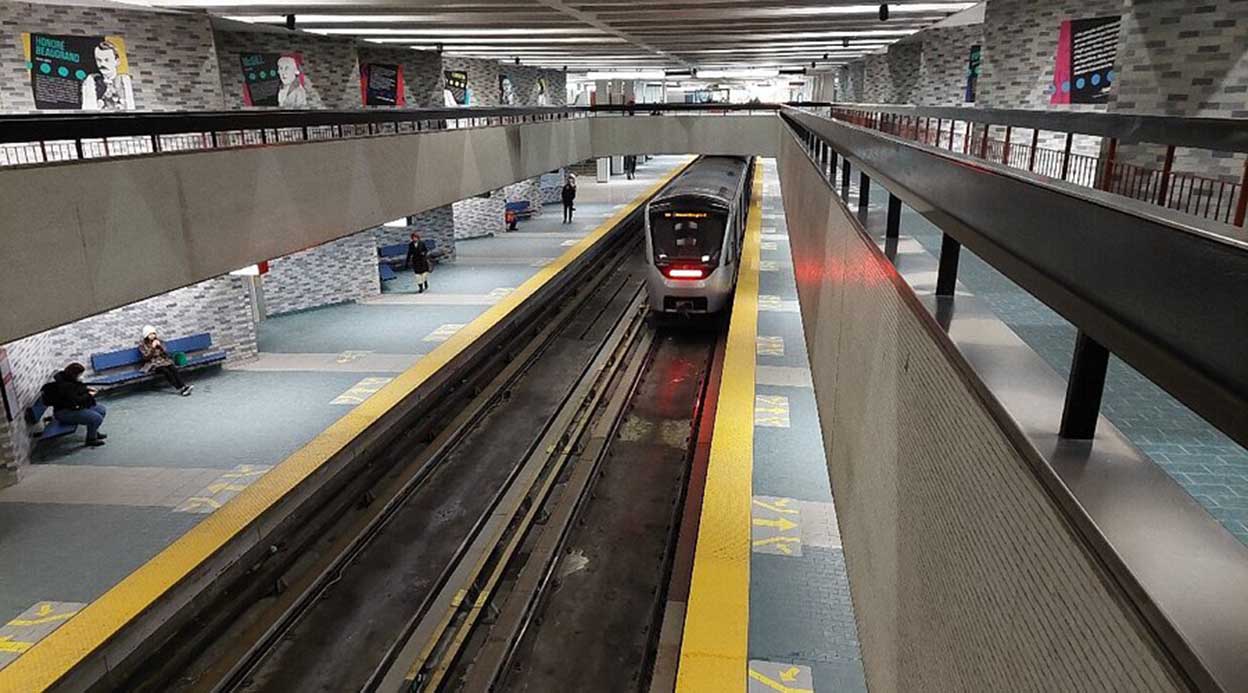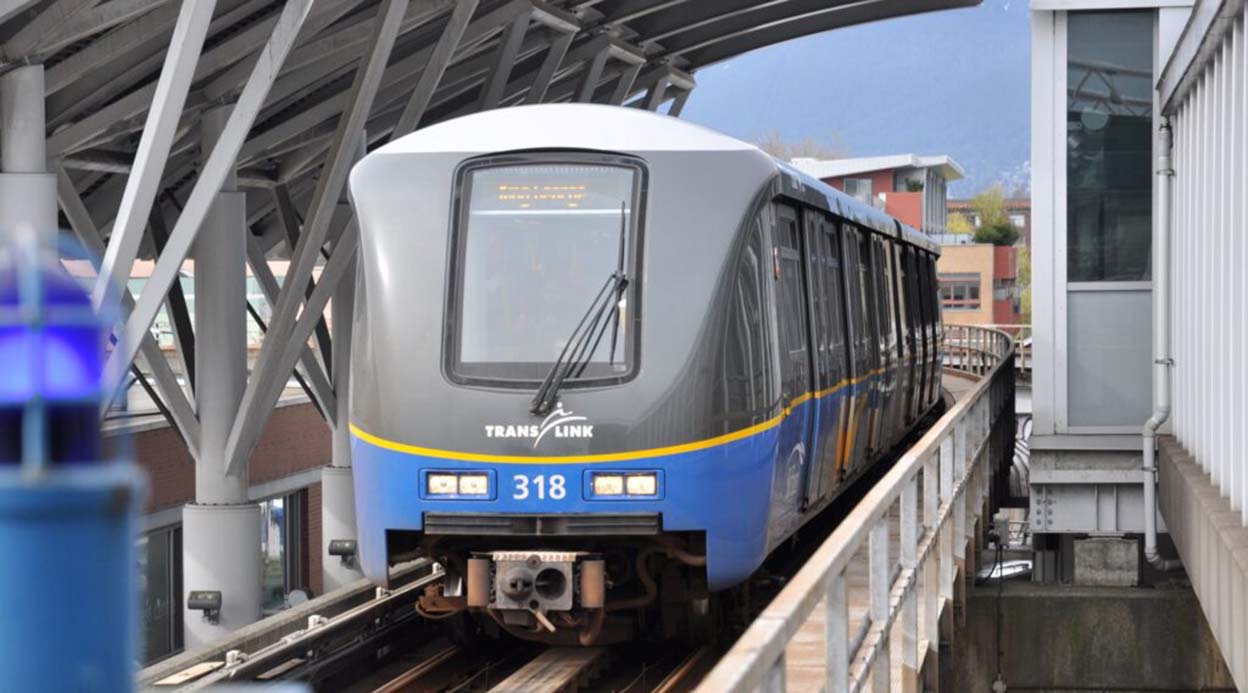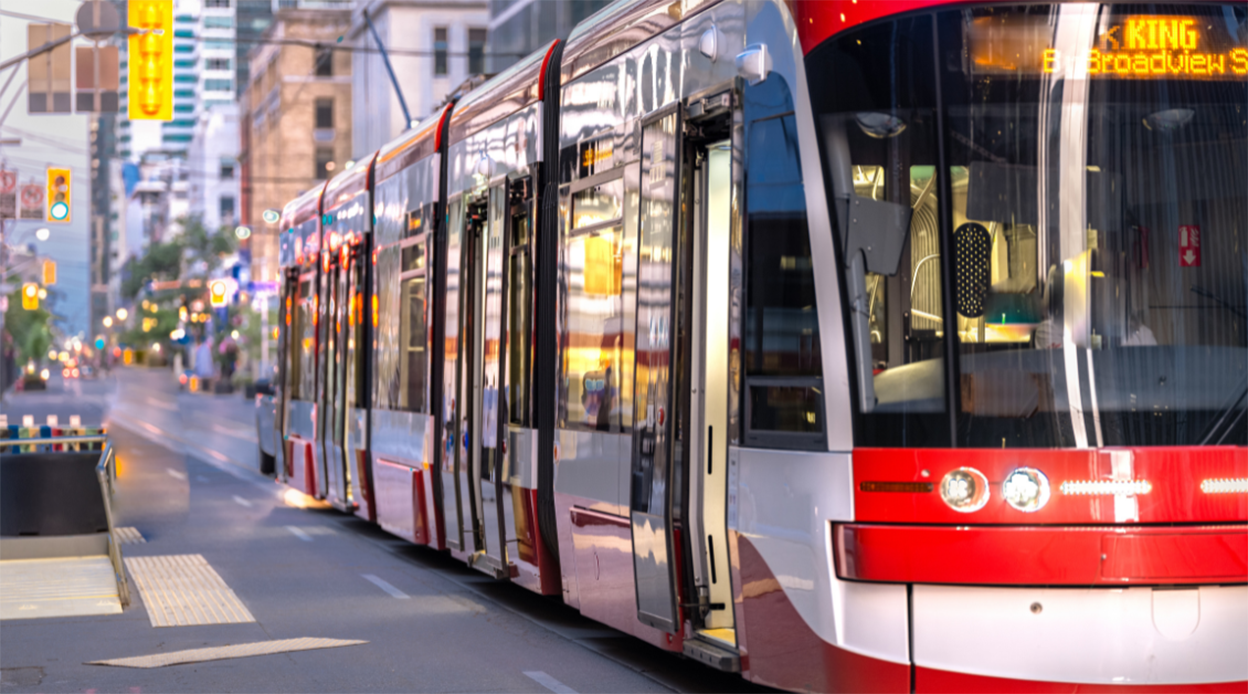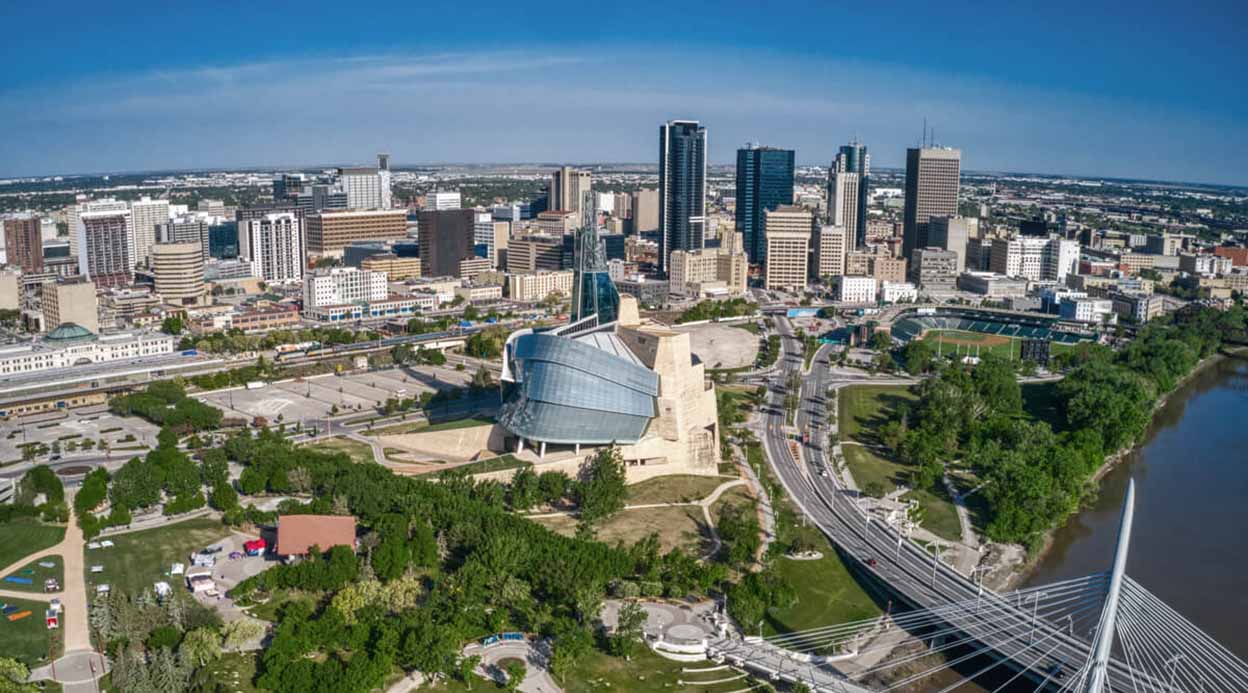Montreal is a vibrant city where old-world charm blends seamlessly with modern life. Its lively neighborhoods, historic streets, and rich cultural scene make it a favorite destination for travelers. Yet, exploring Montreal efficiently—especially when using public transportation—can feel daunting at first. Whether you’re hopping between downtown attractions, venturing to the outskirts, or planning a day trip to nearby towns, understanding the city’s bus and train systems can save you both time and money. This guide covers everything you need to know to navigate Montreal’s buses and trains like a pro, ensuring your trip is smooth, comfortable, and stress-free.
Understanding Montreal’s Public Transport System
Montreal’s public transport is managed primarily by the Société de transport de Montréal (STM). The STM operates buses and the metro, while regional trains are handled by Exo, the commuter train network. Knowing the distinction between these services is key to planning your journey.
- Buses and Metro (STM): Cover the city extensively, with frequent stops and routes reaching most neighborhoods. Metro lines are color-coded—Green, Orange, Yellow, and Blue—making navigation straightforward.
- Commuter Trains (Exo): Connect Montreal to suburbs and neighboring towns like Laval, Longueuil, and Deux-Montagnes. Ideal for day trips or reaching destinations outside the immediate city center.
Montreal’s public transportation is well-integrated. Bus routes often connect to metro stations, and commuter train stations are conveniently linked to major transit hubs. Understanding how these systems work together will significantly improve your travel efficiency.
Step 1: Planning Your Trip
Before purchasing tickets, it’s important to plan your route. Start by identifying your destinations and the most convenient transit options. The STM website and app provide real-time schedules, maps, and route planners.
Tips for Efficient Planning:
- Use Route Planning Apps: Google Maps or Transit app offer live updates, including delays and alternative routes.
- Check Transfer Points: Determine where you’ll need to switch from bus to metro or train. Montreal has several key transfer hubs, like Berri-UQAM and Central Station.
- Consider Travel Times: Travel efficiency depends on avoiding peak-hour congestion. Montreal mornings (7–9 am) and evenings (4–6 pm) are busiest. Plan to travel slightly outside these times if possible.
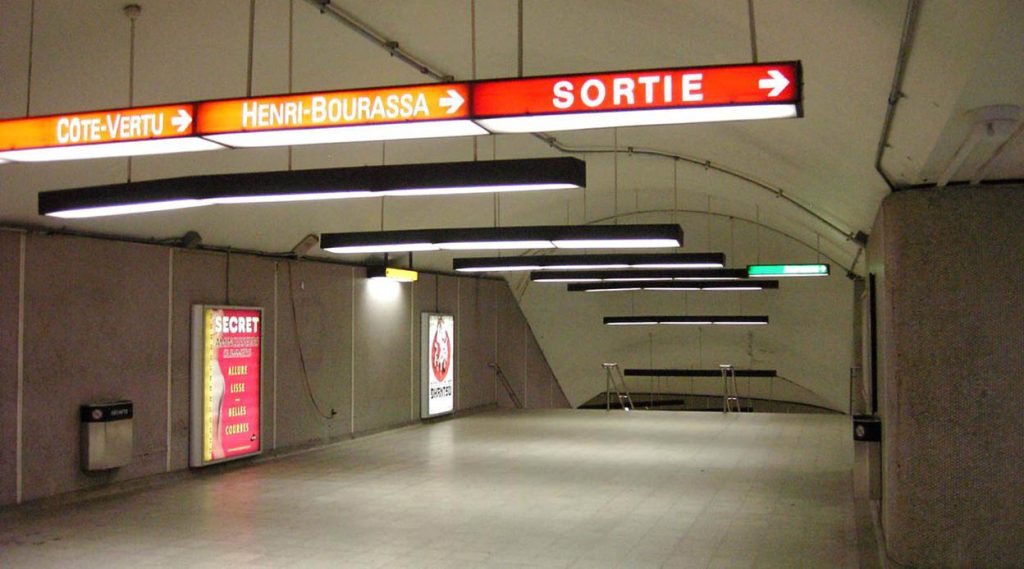
Planning ahead prevents unnecessary waiting and reduces stress, especially if you have multiple stops on your itinerary.
Step 2: Choosing the Right Ticket
Montreal offers a variety of ticket options, depending on the type and frequency of travel. Choosing the right ticket can save money and make boarding seamless.
STM Tickets:
- Single-Ride Ticket: Best for occasional riders; valid for one bus or metro ride.
- 10-Ride Pack: Ideal for moderate use, providing a discount per ride.
- Day Pass (24 hours): Perfect for tourists planning multiple trips in a single day.
- Weekly/Monthly Pass: Suitable for longer stays or those commuting daily.
Tickets can be purchased at metro stations, some bus terminals, or via the STM mobile app. Using a contactless card or mobile payment speeds up boarding and eliminates the need for cash.
Exo Train Tickets:
- Single Ride: For one-way trips to suburbs or neighboring towns.
- Monthly Pass: Cost-effective for frequent travelers.
- Integrated Fare Options: Some tickets allow transfers between Exo trains and STM buses/metros.
Purchasing tickets in advance, especially for commuter trains, ensures you get a reserved seat on busy routes. During peak times, trains to suburbs can fill up quickly.
Step 3: Booking Online
Montreal’s public transport systems support online ticketing, making the process faster and more convenient.
STM:
- Download the STM mobile app to purchase single rides, 10-ride packs, or day passes.
- Mobile tickets are scanned directly at entry gates, eliminating paper tickets.
- The app also provides real-time updates on delays or service interruptions.
Exo:
- Visit the Exo website to book train tickets in advance.
- Select your departure and arrival stations, choose your travel time, and pay online.
- Some trains allow seat reservations, which is highly recommended during busy periods.
Booking online not only saves time but also ensures that you are prepared for unexpected weather conditions—a common consideration in Montreal’s winter months.
Step 4: Navigating Bus Routes
Buses in Montreal cover nearly every corner of the city. While the metro is faster for long distances, buses are perfect for reaching areas outside the metro lines.
Key Tips:
- Check the Route Number: Each bus has a number and a color-coded line that indicates its main corridor.
- Know the Direction: Buses often have different routes for opposite directions, so double-check before boarding.
- Use Bus Stops Efficiently: Most stops have maps and schedules. Some display real-time bus arrival information.
- Payment on Board: STM buses accept tickets, day passes, or contactless cards. Keep your ticket ready for inspection.
Buses are slower than the metro but offer scenic views of neighborhoods you might otherwise miss. They are particularly useful for reaching parks, museums, and residential areas.
Step 5: Using the Metro
Montreal’s metro is one of the most efficient ways to travel across the city. With four lines intersecting at key points, the metro makes long-distance travel quick and predictable.
Tips for Metro Travel:
- Know Your Lines: Green, Orange, Yellow, and Blue lines serve different parts of the city. Transfer points allow you to switch lines easily.
- Check Schedules: Metros run every 3–7 minutes during the day and slightly less frequently at night.
- Accessibility: Most stations have elevators or escalators, but some older stations may only have stairs.
- Safety and Etiquette: Stand to the right on escalators, allow passengers to exit first, and keep your belongings secure.
Using the metro efficiently reduces travel time significantly, especially during colder months when walking long distances is less appealing.
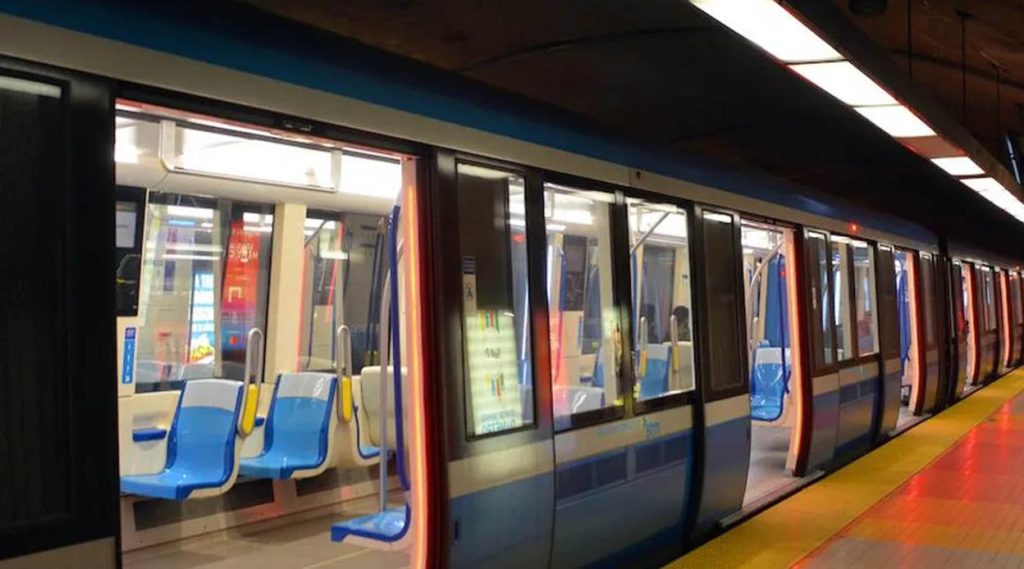
Step 6: Exploring Commuter Trains
If your itinerary includes trips outside Montreal proper, commuter trains are a comfortable option. Routes connect Montreal with nearby towns, offering scenic views and spacious seating.
Exo Train Tips:
- Plan Ahead: Check the timetable for the specific line you need. Trains to popular suburbs fill quickly.
- Reserve Seats When Possible: Some lines offer reservations, which guarantees comfort during peak periods.
- Arrive Early: Stations may have limited seating and amenities. Arriving 10–15 minutes early is ideal.
- Integrated Tickets: If you plan to use buses or metro after arriving at a suburban station, check if your ticket allows transfers.
Commuter trains are ideal for day trips to vineyards, historical towns, or outdoor attractions outside the city.
Step 7: Tips for Winter Travel Efficiency
Montreal’s winters are famous for their cold and snow, which can affect travel plans. Winter-proof your public transit experience with these tips:
- Dress Appropriately: Layered clothing, warm boots, and gloves make waiting at bus stops or walking between stations more comfortable.
- Allow Extra Travel Time: Snow and ice can delay buses and trains, especially in less central routes.
- Use Heated Stations: Many metro stations are heated, so plan to wait inside rather than outdoors when possible.
- Monitor Alerts: STM and Exo provide real-time service alerts on their apps, crucial for avoiding delays caused by winter weather.
A little preparation goes a long way in ensuring smooth, stress-free travel during the winter season.
Step 8: Combining Modes for Maximum Efficiency
For the ultimate travel efficiency, combine buses, metro, and commuter trains. Here’s an example:
- Start your day with a metro ride to a central station.
- Transfer to a bus to reach a museum or neighborhood not served by the metro.
- Take a commuter train in the afternoon for a scenic visit to a nearby town.
- Return to Montreal via train, then use the metro for dinner or nightlife in the city.
By combining modes, you minimize walking, maximize sightseeing, and experience Montreal’s public transport system to its fullest.
Step 9: Safety and Comfort Tips
While Montreal is generally safe, it’s always good to be cautious:
- Keep personal belongings secure, especially in crowded buses or trains.
- Use well-lit and populated metro entrances during late hours.
- Have a backup plan in case of service disruptions—ride-sharing apps or taxis can be a helpful alternative.
- Hydrate and snack, particularly if you plan long journeys across multiple lines.
Comfort and safety ensure that your travel experience is enjoyable, allowing you to focus on the city’s beauty rather than logistics.
Traveling efficiently in Montreal requires a little preparation, but the rewards are immense, making every moment of your trip more enjoyable and stress-free. By taking the time to understand the city’s bus, metro, and commuter train systems, planning your routes carefully, purchasing the right type of tickets, and combining different modes of transport when needed, you can navigate both the bustling city center and the quieter suburban areas smoothly and comfortably. Whether you are a first-time visitor eager to explore iconic landmarks or a repeat traveler looking to uncover hidden gems, mastering Montreal’s public transport network allows you to maximize your time and energy while minimizing unnecessary delays. Remember, a well-planned journey is itself a part of the adventure. With this complete guide, using buses and trains in Montreal becomes not only efficient but also enjoyable, giving you the freedom to fully immerse yourself in the city’s vibrant culture, diverse cuisine, stunning architecture, and lively neighborhoods without any hassle.
